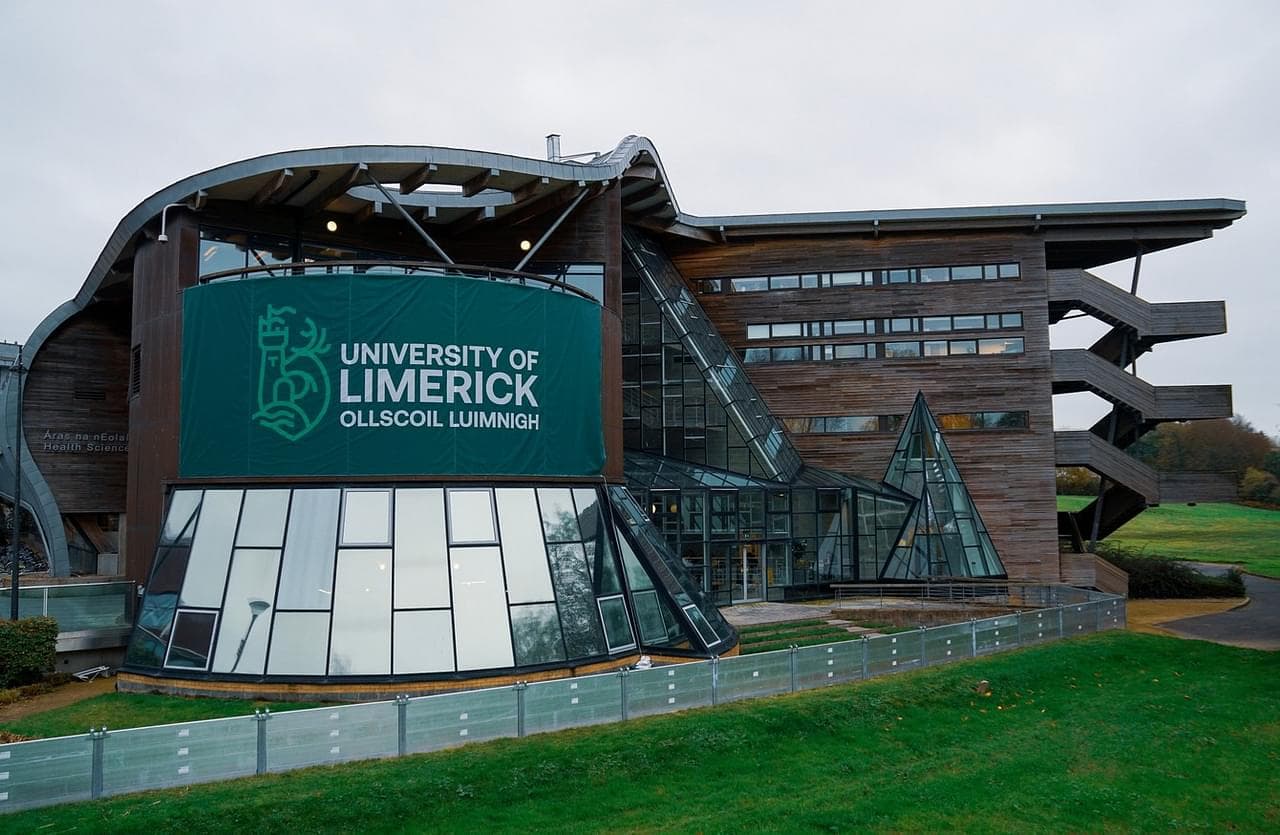Bachelor of Engineering in Aeronautical Engineering
University of LimerickLimerick, Ireland
- Tuition Fee € 20,900
- Country Rank#4
- Duration48 Months
- Score IELTS: 6.5 TOEFL: 90
Program Overview
The Aeronautical Engineering course at UL is your gateway into the hugely exciting aerospace industry. This elite course is one of the most respected in Europe and is supported by outstanding facilities, including wind tunnels and composites manufacturing equipment. Right now, job prospects have never been brighter for Aerospace Engineers, with a major shortage in Europe. More than 70% of our graduates work in the Aerospace industry and 63% live in the Republic of Ireland.
Our graduates have reached the highest echelons of the Aerospace industry and job prospects have never been brighter for Aerospace Engineers. In 3rd year, top performing students can spend a semester at the world-renowned Embry-Riddle Aeronautical University in Florida, USA, or at Georgia Institute of Technology in Atlanta, USA which is currently ranked in the top 5 US engineering schools.
Cost Of Studying At University of Limerick
Interest rates as low as 8.9% *
250K+
Students Assisted
800Cr+
Loan Amount Disbursed
5000+
Loans Sanctioned
